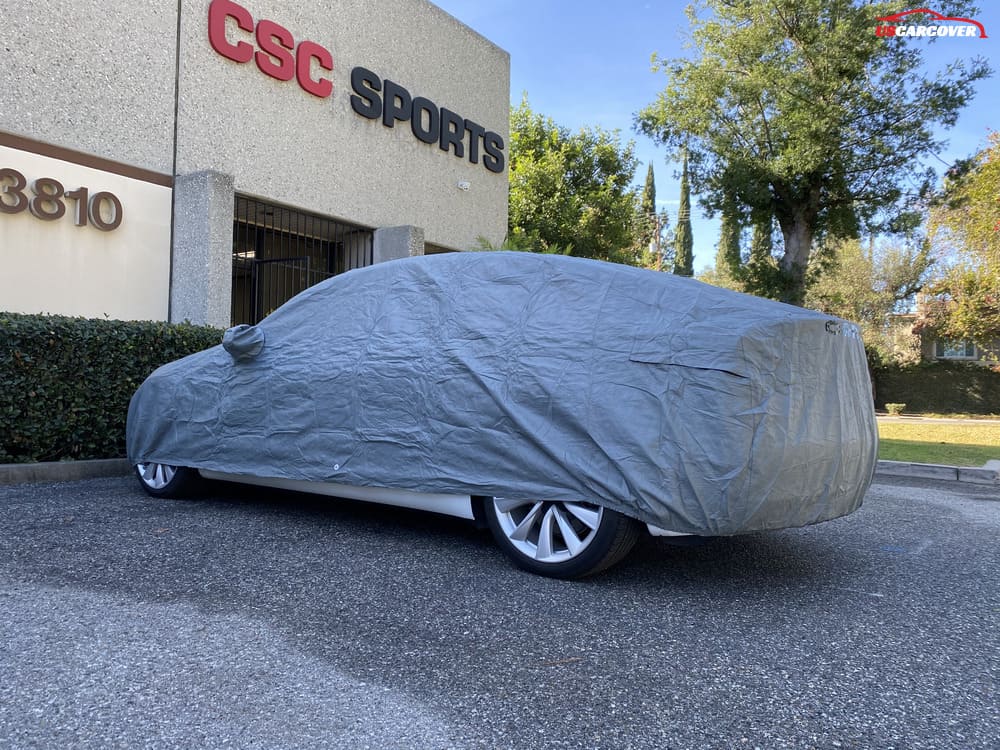
Maintaining car covers is essential to ensure long-lasting protection for your vehicle. A well-maintained cover not only shields your car from dust, dirt, and harsh weather but also extends the life of both the cover and your vehicle's paint. In this guide, we’ll walk you through simple, effective steps to maintain car covers, helping you keep them in top condition for years.
Step 1: Cleaning Your Car Cover Regularly
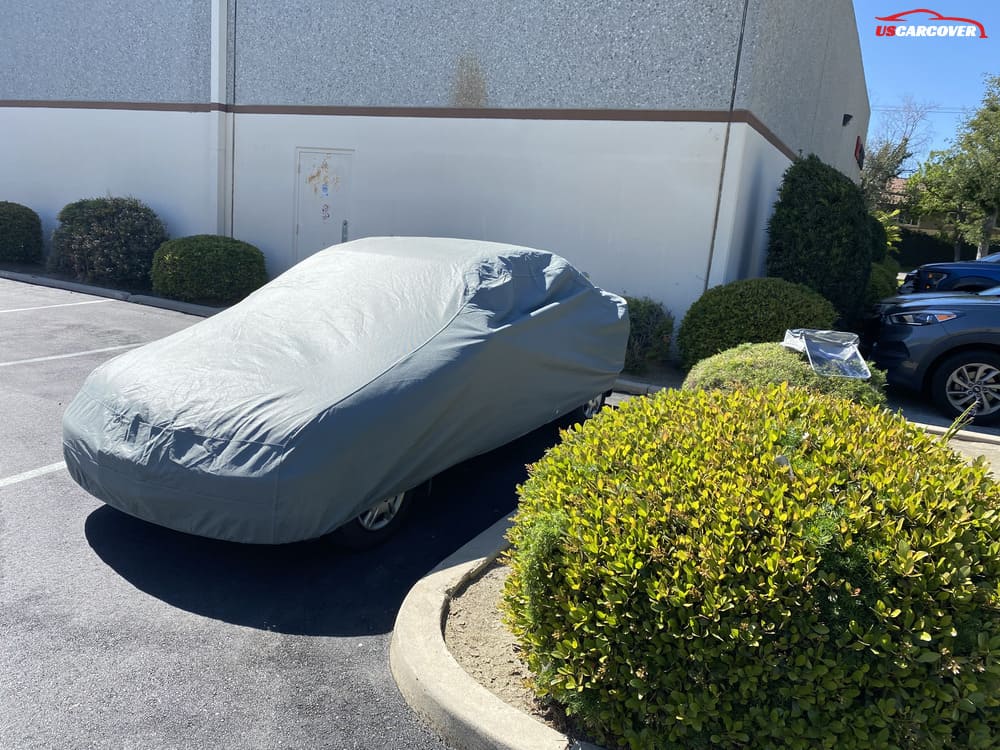
Why Cleaning is Crucial:
Regular cleaning is vital to prevent dirt and debris from building up on your car cover, which can lead to scratches on both the cover and your vehicle’s paint.
Best Practices:
- Use gentle cleaning solutions: Opt for mild soap and cold water to avoid damaging the fabric.
- Hand-wash or machine wash: If the cover is machine washable, use a gentle cycle. Otherwise, hand-washing is best.
- Avoid harsh chemicals: Steer clear of bleach or strong detergents that can weaken or discolor the material.
Related posts: What are Indoor Car Covers?
Step 2: Drying the Car Cover Properly
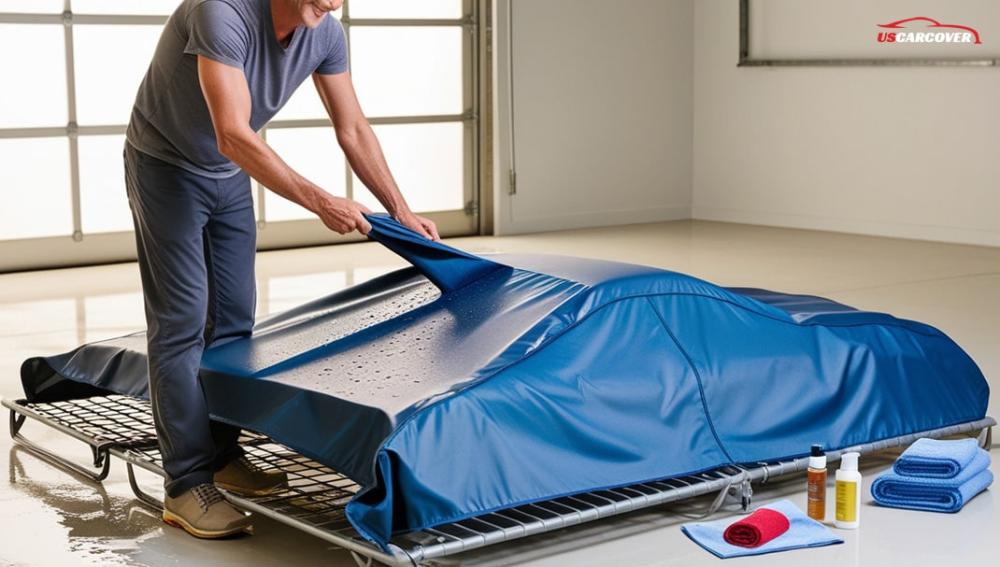
Why Drying is Important:
Proper drying prevents mold, mildew, and shrinkage, ensuring the car cover retains its shape and durability over time.
Best Practices:
- Air drying is preferred: Hang the cover in a shaded, well-ventilated area to avoid direct sunlight, which can degrade the material.
- Avoid machine drying: High heat can shrink or damage the fabric, so it’s best to let the cover air-dry naturally.
- Ensure complete drying: Make sure the cover is fully dry before storing it to prevent moisture buildup and mold growth.
This step helps maintain the fabric’s integrity and prevents unwanted damage from improper drying techniques.
Step 3: Inspecting for Wear and Tear
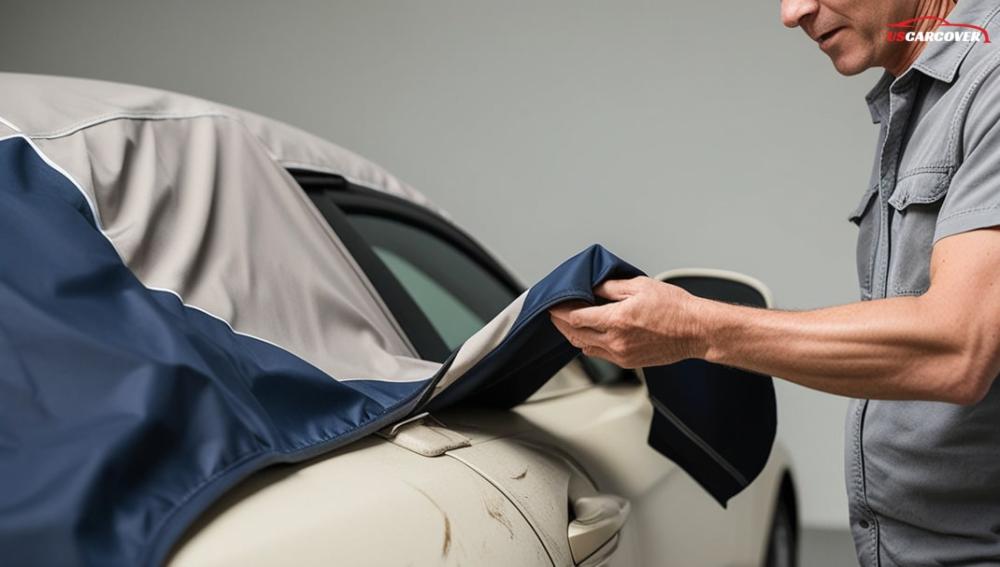
Why Regular Inspections Matter:
Frequent checks help you catch small issues like tears or thinning areas before they worsen, extending the life of your car cover.
Best Practices:
- Look for holes or weak spots: Pay close attention to seams, edges, and any areas that may have worn thin over time.
- Check for fraying or loose stitching: Early detection of stitching issues can prevent further damage.
- Repair minor damage promptly: Use fabric repair kits or patches to fix small tears before they become unrepairable.
By routinely inspecting your car cover, you ensure it remains in top condition and continues to protect your vehicle effectively.
Related posts: Best 5 Waterproof Car Covers on the Market
Step 4: Proper Storage Techniques
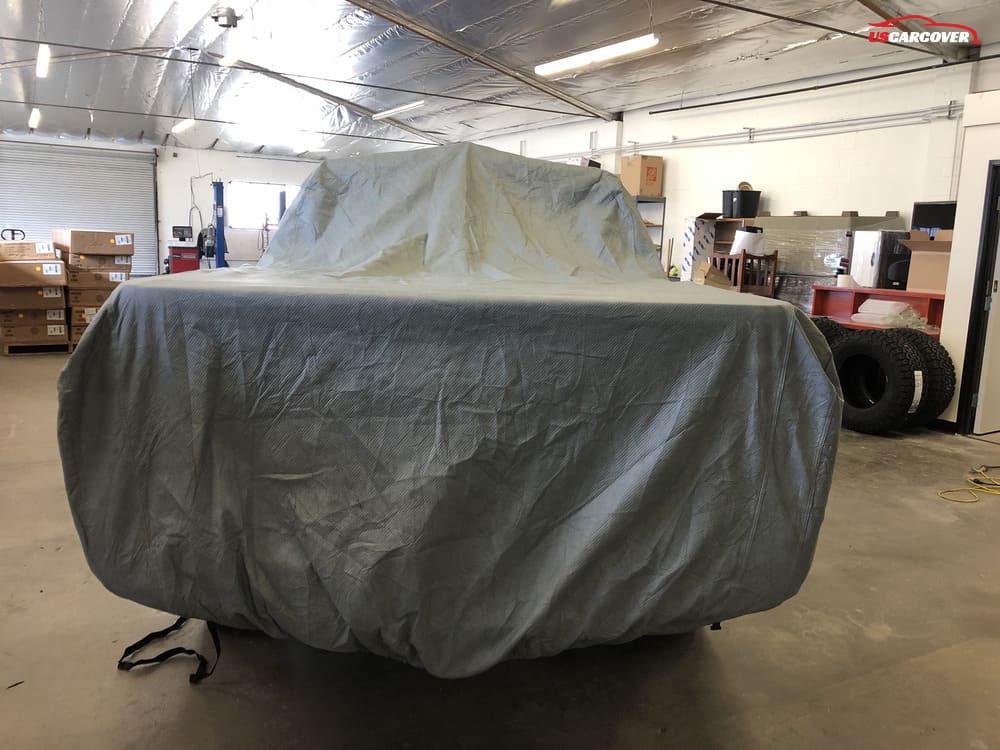
Why Storage Matters:
Storing your car cover correctly prevents unnecessary wear, UV damage, and exposure to moisture or pests when not in use.
Best Practices:
- Clean and dry before storage: Always make sure the cover is fully clean and dry to avoid mold or mildew growth.
- Use a storage bag: Place the cover in a protective bag to shield it from dust and pests.
- Store in a cool, dry place: Avoid direct sunlight or damp areas, which can weaken the fabric or cause mold.
Proper storage ensures your car cover stays in optimal condition, ready to protect your vehicle when needed.
Step 5: Rotating Car Covers
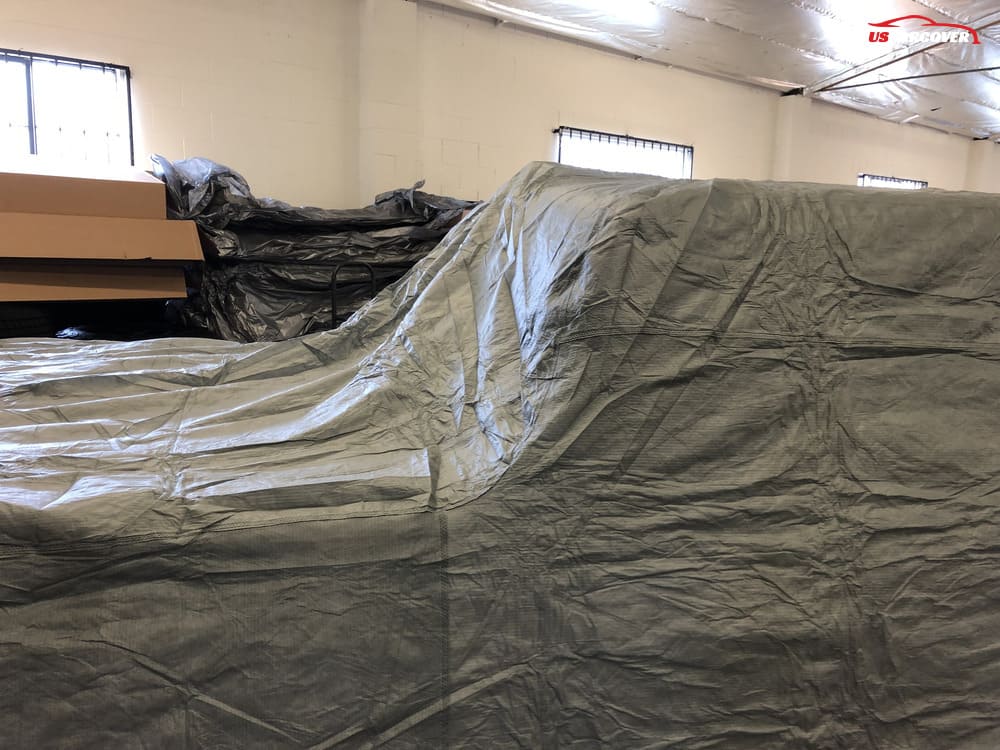
Why Rotating is Important:
Rotating between different car covers reduces wear on a single cover, helping each last longer and perform better over time.
Best Practices:
- Switch covers seasonally: Use a waterproof cover during rainy seasons and a UV-resistant one in summer for better protection.
- Alternate covers for daily vs. long-term use: If you use your car daily, rotate covers to avoid excessive wear on just one.
- Inspect both covers regularly: Ensure both covers remain in good condition through regular inspections.
Rotating your car covers helps distribute wear and tear evenly, prolonging their lifespan and maintaining peak performance.
Related posts: Do Car Covers Prevent UV Rays? Best Car Covers to Prevent UV
Additional Tips for Maintaining Specific Types of Car Covers
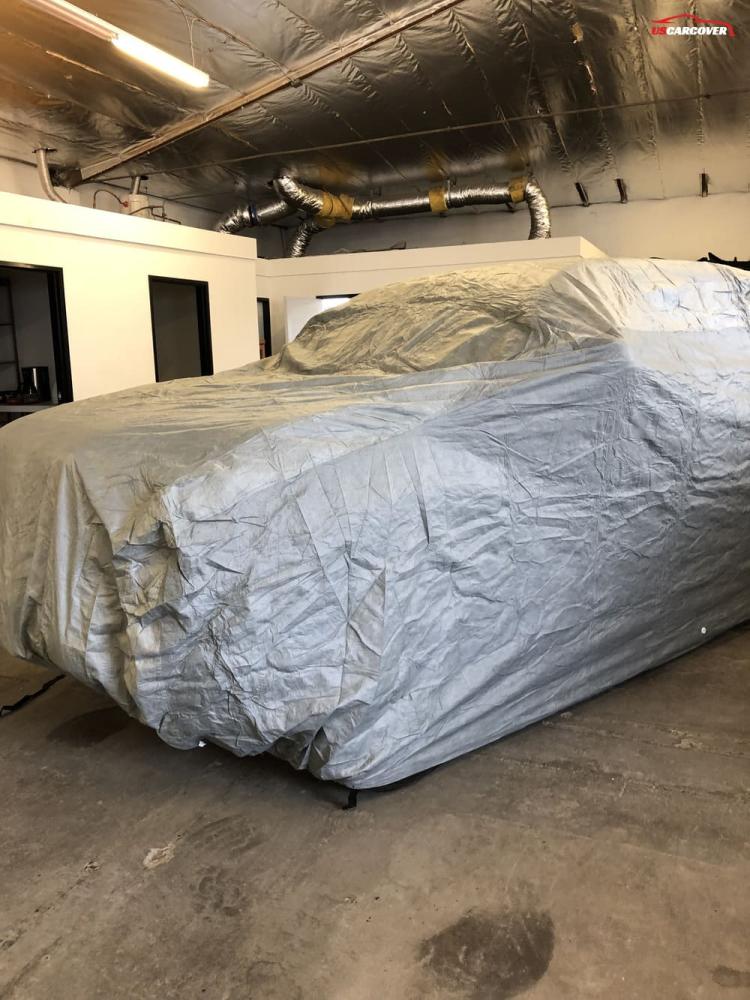
1. Indoor Car Covers:
Dust and scratch prevention: Regularly shake off dust and clean the cover to avoid dirt accumulation that could lead to scratches. Ensure it's stored in a dry, indoor space when not in use.
2. Outdoor Car Covers:
Waterproofing and UV resistance: Inspect the cover's waterproof coating regularly and reapply if necessary. Ensure it’s UV-resistant to protect both the cover and your vehicle from sun damage.
3. Hail Protection Covers:
Check for dents or padding wear: Regularly examine the protective padding for any signs of dents or compression. If the padding wears out, the cover may lose its effectiveness during hail storms.
Tailoring maintenance based on the type of cover maximizes its protection and extends its usability.
Frequently Asked Questions (FAQs)
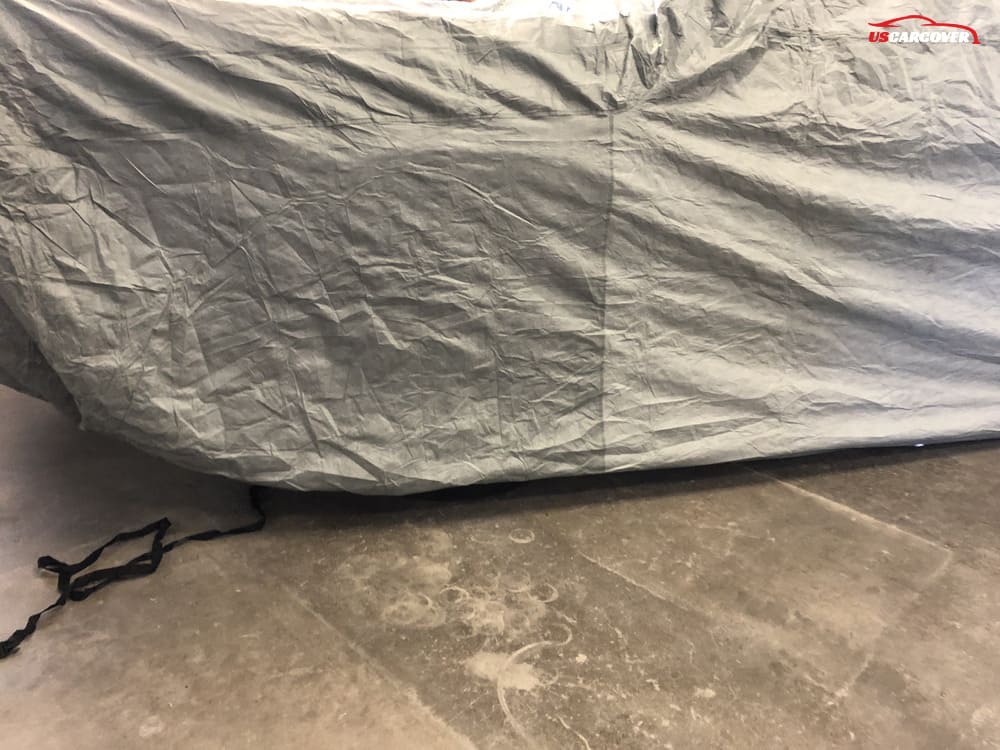
How often should I clean my car cover?
It's best to clean your car cover every 2-3 months, or sooner if it's visibly dirty. Regular cleaning prevents dirt buildup and keeps the cover functioning effectively.
Can I machine wash all car covers?
Not all car covers are machine washable. Check the manufacturer’s care instructions. If allowed, use a gentle cycle with cold water. Otherwise, hand-washing is recommended.
What should I do if my car cover gets moldy?
If mold appears, clean the cover with a mild soap solution and let it air dry completely. Ensure the cover is stored in a dry area to prevent future mold growth.
How can I repair small tears?
Small tears can be easily fixed using a fabric repair kit or adhesive patches. Addressing these issues early helps prevent further damage to the cover.
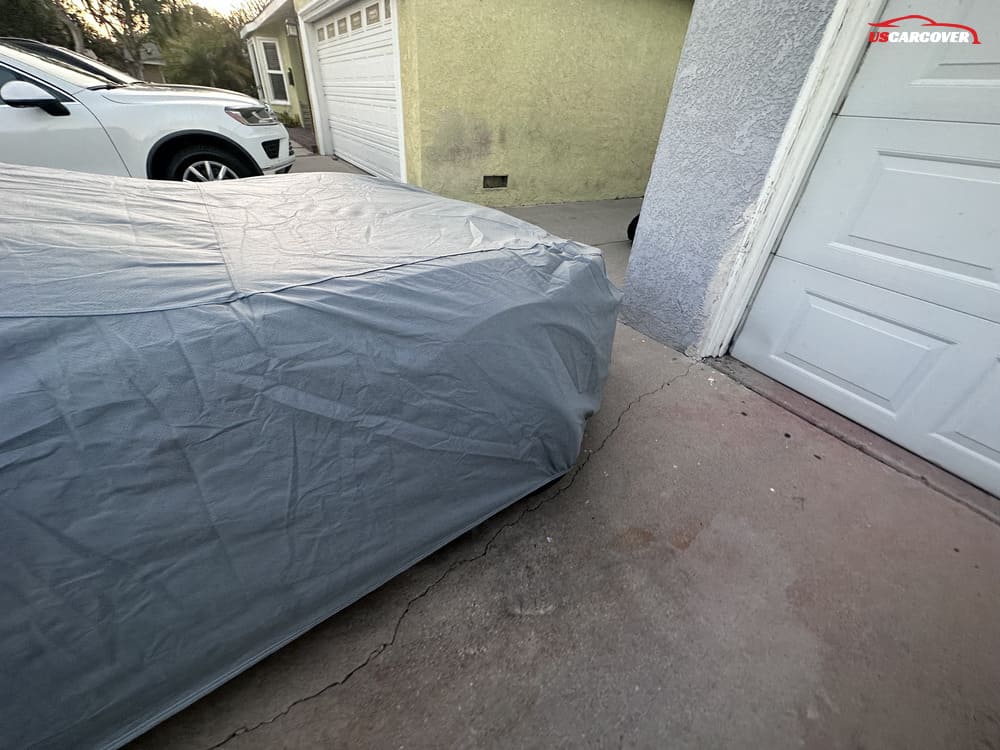
Related posts: Do Car Covers Prevent Bird Droppings? Best Car Covers to Prevent Bird Droppings
Conclusion
Properly maintaining your car cover is key to ensuring it lasts for years while providing the best protection for your vehicle. By following these simple steps—cleaning regularly, drying properly, inspecting for damage, storing correctly, and rotating covers—you’ll keep your car cover in optimal condition. Whether you’re using an indoor, outdoor, or hail protection cover, a little care goes a long way in preserving its durability and effectiveness. Keep your car safe and your cover performing at its best with these expert tips!
